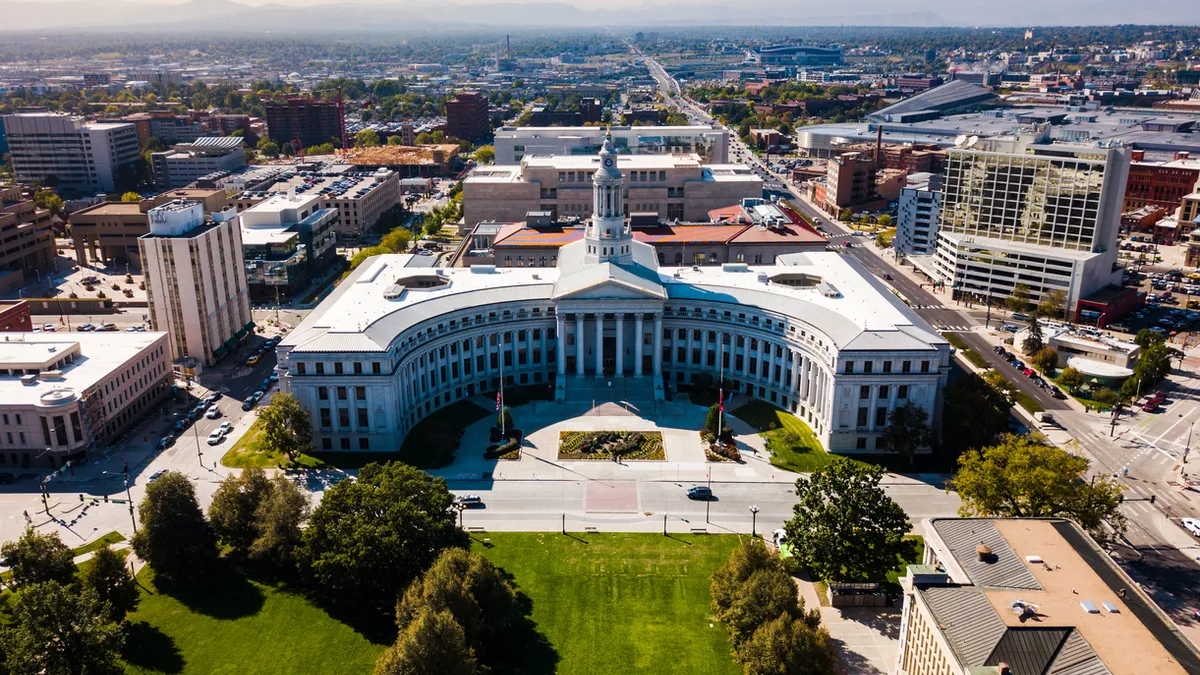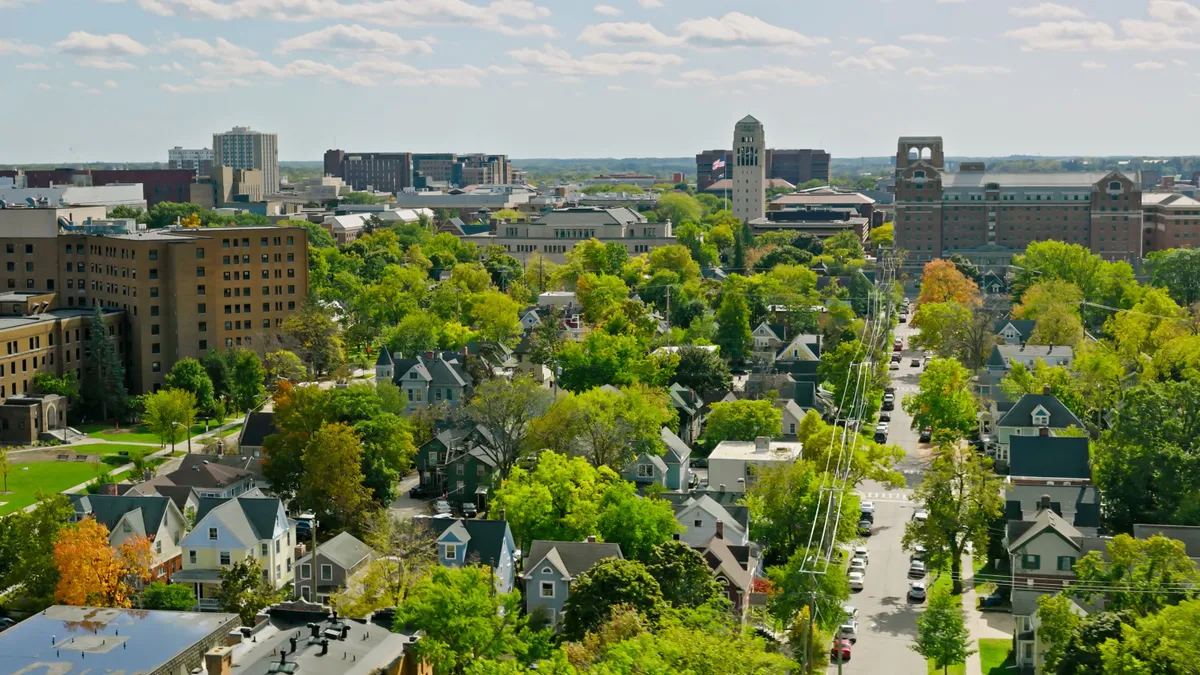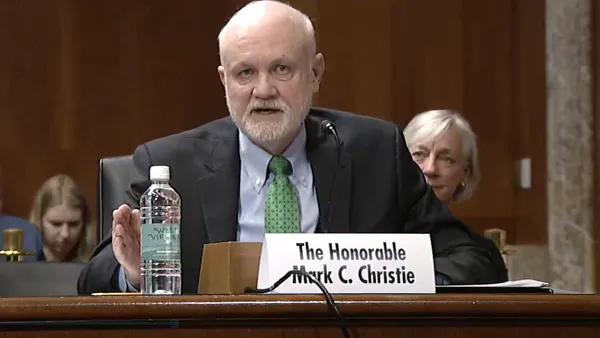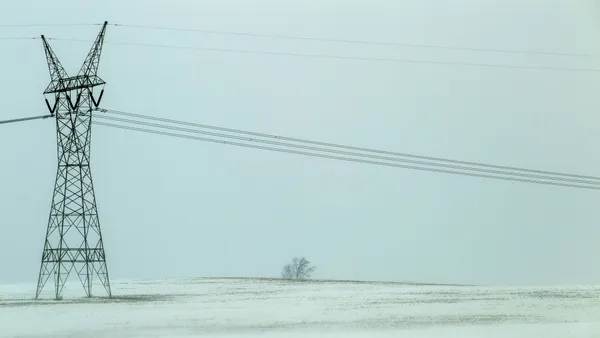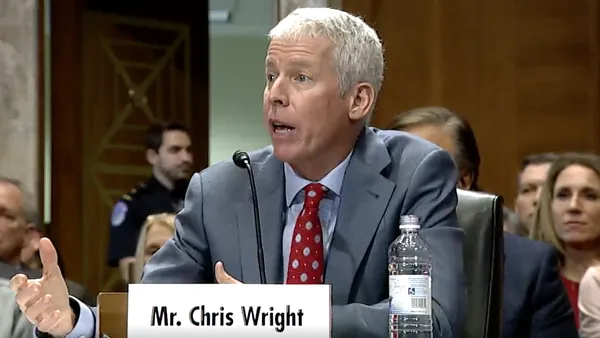The same story is repeating itself around the country.
A utility wants to implement a new technology, grid innovation or renewable energy pilot. The regulatory body has a policy goal of promoting innovation. But the initiative takes months or years to happen – or it withers on the vine, leapfrogged by new technologies.
Why? Because a regulatory system created a century ago for one-way distribution of electrons and centralized power production facilities isn’t suited to handle the added complexity of today’s market.
In 2018 – and increasingly in the coming years – distributed energy resources, wireless connectivity and Internet of Things (IoT) technologies will force the utilities’ business model to evolve from one-way delivery to two-way grid management. And the pace of change is accelerating.

In this fast-changing environment, regulation needs to enable innovation that meets customer needs and expectations while continuing to ensure clean, affordable, safe and reliable electric service. For that to happen, traditional regulatory structures and processes need to adapt.
SEPA is bringing together stakeholders from across the energy sector to address the problem head-on and make meaningful changes at the state level with a new initiative called Renovate.
The Renovate Initiative will define specific problem statements, identify solutions, and work with states to implement tailored solutions – while simultaneously fostering support for reform through ongoing education of policymakers and stakeholders. As a neutral organization that brings together the perspectives of all relevant stakeholders, SEPA is well-positioned to play a convening function that tackles this challenge. And according to SEPA CEO Julia Hamm, the time is right.
“For decades, people in the power industry have talked about the inability for regulation to keep up with the pace of technology,” Hamm said. “And they usually said, ‘Yeah, it’s a problem -- but there’s not much we can do about it.’ That’s changed. My sense is that people are saying, ‘we really have to do something about it.’ It feels as if we’ve reached a tipping point.”
To lead Renovate and other efforts related to regulatory innovation and utility business model evolution, SEPA has hired industry veteran Janet Gail Besser. A former chair of the Massachusetts Department of Public Utilities and Vice President for Regulatory Strategy and Policy at National Grid, as well as most recently Executive Vice President of the Northeast Clean Energy Council, Besser has experienced the industry’s evolution from every key perspective.
“It was important that this effort be led by a well respected, well-known expert in regulatory circles, and that’s what led us to Janet,” Hamm said. “What’s appealing is not only her expertise, but that in her career she has worked as the chair of a commission, on the staff at a commission, at a utility in a regulatory strategy role, at a nonprofit advocating for clean energy, and early in her career as a consumer advocate … she really is uniquely suited to serve as a thought leader who can see issues from all relevant perspectives.”
“I’m excited to take this on,” Besser said of her new role. “I see evolving the regulatory framework to enable and encourage the adoption of advanced technologies as a critical task that we need to undertake to reach a clean energy future supported by a modern grid.”
By focusing on potential reforms at the state regulatory level, with an eye toward enabling states to do what it will take to create a consensus to support reform, we can start to address this issue. That means education of key stakeholders, including state legislative and executive leaders, consumer advocates, large energy users, technology providers, and energy non-government organizations – as well as utilities and, above all, regulators themselves, Besser said.
“Regulators are trained in a certain way and have expertise in reviewing costs in a certain way,” Besser said. “Even if a regulator thinks a utility’s proposed project makes sense, they may not make a decision to approve it because it’s not presented in the proper form and forum for the system to process.”
Take advanced metering, for example. Utilities need regulatory approval to recover the costs of installing them and to add the back-office capability to do billing and to analyze the data they generate. That data can be used to increase efficiency and, potentially, to add other new technologies to the grid. But because some of the benefits of advanced meters are potential benefits – contingent on findings gleaned from data – they are difficult to quantify under traditional regulatory practices.
“Commissions struggle to quantify the benefit to consumers and to give the utility enough leeway to make future investments to leverage the new technology,” Besser said. What’s needed is a new framework so regulators can tally costs and benefits differently, including indirect, potential and contingent benefits when applicable. And approvals need to provide flexibility so utilities don’t have to go back to the commission every time an additional expenditure (within a certain range) is needed or a change in technology is warranted because something new and less expensive has come along.
Renovate may also look at new ways regulators can include additional relevant voices in decision-making. The traditional formal regulatory docket, which builds a factual record in a quasi-judicial way, can leave critical stakeholders out of the process and fail to address forward-looking issues. Another issue is that regulators often confront what appear to be competing objectives – such as fair and reasonable rates versus customer choice versus customer protection – and adding new policy considerations, such as the need to increase renewable energy sources, can further complicate already challenging decisions leading to delay and even paralysis. And as grid technologies and services become more complex, commissions may not have the resources to hire experts who understand new technologies and their costs and benefits.
Among the leaders working with SEPA on Renovate are Val Jensen, Senior Vice President, Strategy and Policy, Exelon; Commissioner Ellen Nowak, Public Service Commission of Wisconsin; Ralph Cavanagh, senior attorney and co-director of Natural Resources Defense Council's energy program; Chairman Dave Danner, Washington Utilities and Transportation Commission; and Rich Sedano, President & CEO, Regulatory Assistance Project.
The Renovate task force first met in February to begin narrowing down the key problem statements that it will address. By focusing on a representative handful of problems first, Renovate will develop solutions and demonstrate their effectiveness more quickly, generating momentum to solve additional problems.
The goal is to identify a series of potential solutions for each of these problem statements by early 2020, giving states and jurisdictions a menu of options so they can choose ones that apply to them. “We will be focused on specific problems, but not on one-size-fits-all solutions,” Hamm said.
“The goal ultimately is helping expedite the transition to a clean and modern grid for the benefit of all energy consumers,” Hamm said.

